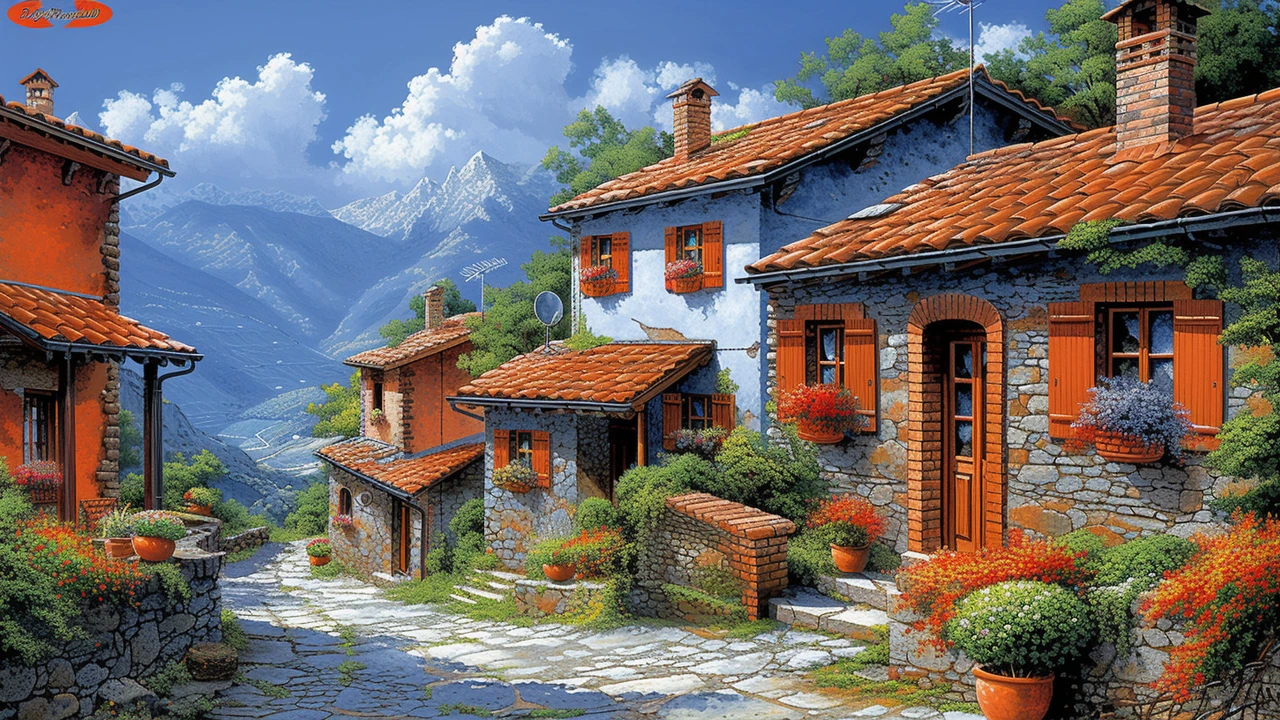Historic Structures: How to Spot Styles and Care for Old Buildings
Old buildings tell stories if you know where to look. Want quick ways to tell a Georgian house from a Gothic church? Or to know when a building needs real preservation work versus a cosmetic fix? This page collects clear tips and practical steps so you can understand, enjoy, and help protect historic structures.
Quick style ID tips
Start with three visual clues: roofline, openings, and decoration. For example, Greek Revival often has tall columns and a temple-like front. Gothic Revival shows pointed arches and stained glass. Baroque and Rococo favor dramatic curves and lots of ornament. Renaissance and Renaissance Revival use balanced proportions and classical details. Romanesque buildings have thick stone walls and rounded arches, while Byzantine designs use domes and rich mosaics.
Look closer for materials and construction clues. Heavy stone and small windows usually mean older, medieval construction. Brick and ashlar masonry point to later centuries. Metal-framed windows and concrete hint at industrial-era changes. Signs like original hardware, old paint layers, or handcrafted trim can confirm a building’s age without a formal survey.
How to care for and enjoy historic buildings
If you own or care for a historic structure, focus on maintenance that prevents damage: keep roofs watertight, clear gutters, and control vegetation near foundations. Small leaks cause the biggest problems—tackle them first. When you need repairs, choose reversible methods and retain character-defining features like moldings, windows, and doorways. Full replacements should match original materials and profiles when possible.
Want to adapt a historic building for modern life? Preserve key features and add modern systems in hidden ways. Run new wiring through existing chases, place insulation where it won’t trap moisture, and use secondary glazing to improve windows without replacing them. These moves keep the building comfortable while protecting original fabric.
Finding trusted help matters. Look for conservators or contractors with experience in historic work. Ask for examples of past projects and check references. Local preservation offices or heritage societies often keep lists of vetted professionals, and they can advise on grants or tax incentives for approved conservation work.
Finally, enjoy these places. Historic structures are living parts of a neighborhood. Take photos, learn the stories behind the facades, and share what you find with neighbors or on social media. If you spot urgent damage—collapsed masonry, major water entry, or structural cracks—report it to the owner or local preservation authority right away. The sooner problems are fixed, the less costly and invasive the repairs will be.
For detailed reads on specific styles—Roman, Byzantine, Gothic Revival, Beaux-Arts, Georgian and more—check the articles on Macklowe Art & Architecture. Each post breaks down features, history, and real-world tips for spotting and preserving that style.

Exploring the Distinctive Features of Mediterranean Revival Architecture
Hey there, fellow architecture enthusiasts! Today, I'm super excited to chat with you about the unique features that make Mediterranean Revival architecture so dreamy and timeless. Imagine strolling through a neighborhood where every home feels like a summer villa, with beautiful stucco walls, charming terracotta roofs, and elegant arches around every corner. It's like being transported to a sun-soaked European coast without leaving your own city! So, let’s dive into the world of ornate balconies and lush courtyards and discover what makes these historical gems stand out. Join me on this journey to unwrap the signature elements of Mediterranean Revival architecture and the stories they tell. You might just fall in love with their romantic allure, just like I have!
Read more
Revisiting the Landmarks of Ancient Roman Architecture
Hi scholars, history buffs, and everyone in between! I'm excited to take you along on a virtual journey, revisiting the landmarks of Ancient Roman Architecture. From the majestic Colosseum to the awe-inspiring Pantheon, we will uncover the stories these structures whisper to us from ages past. We'll step back in time, marvelling at the architectural genius of the Romans, and appreciate the stability and endurance of these historic edifices. Brace yourselves for an immersive dive into the world of ancient architecture that has shaped the world as we know it!
Read more